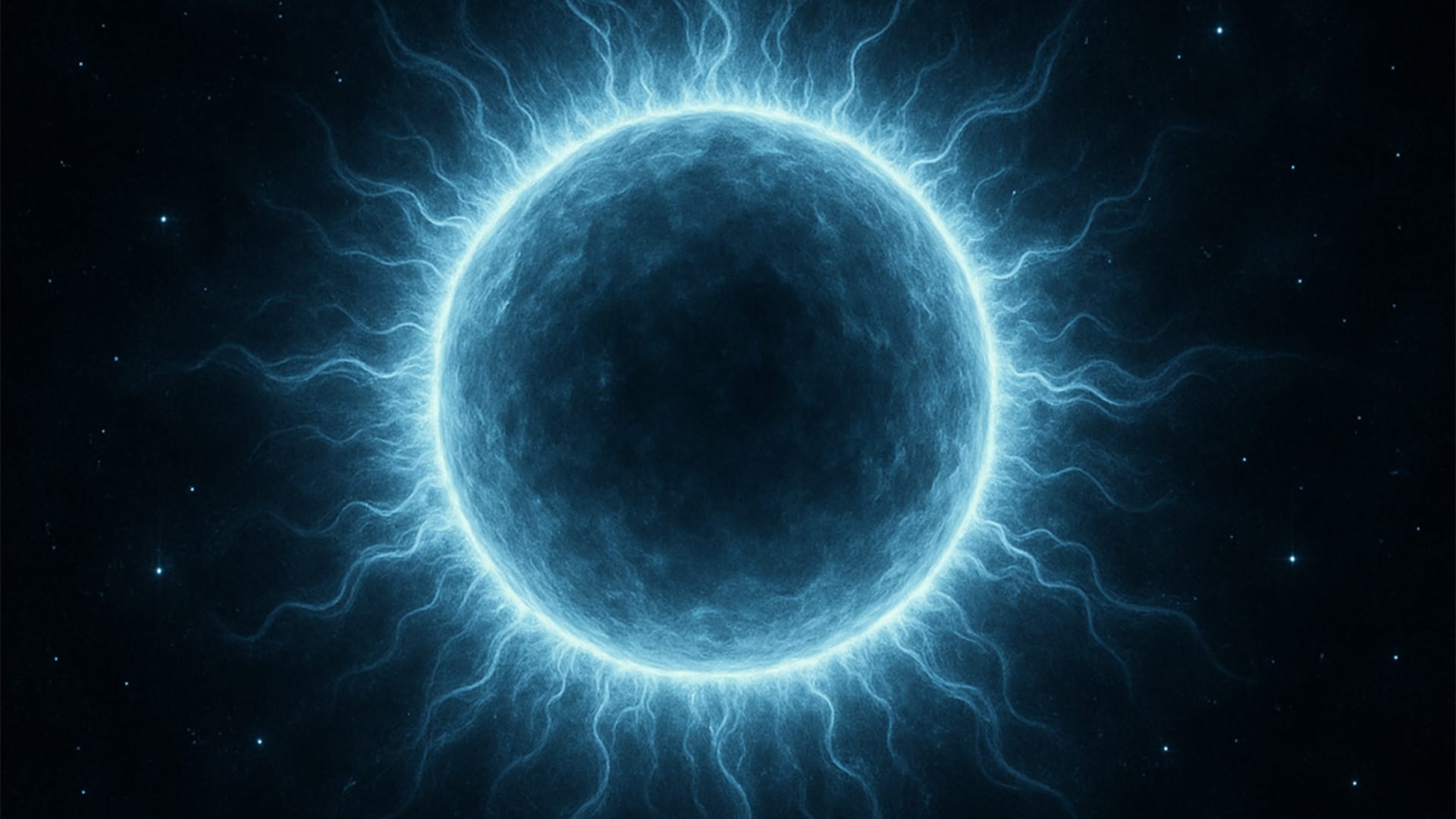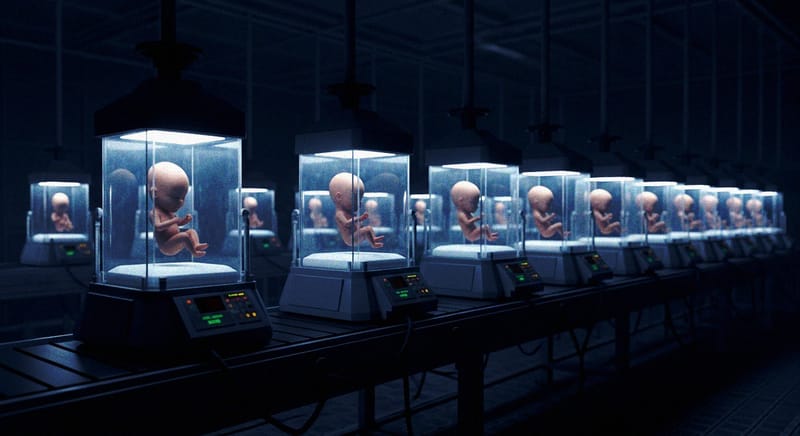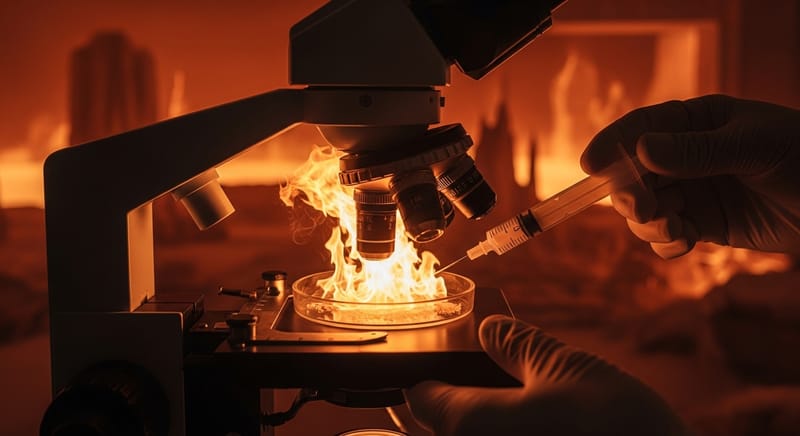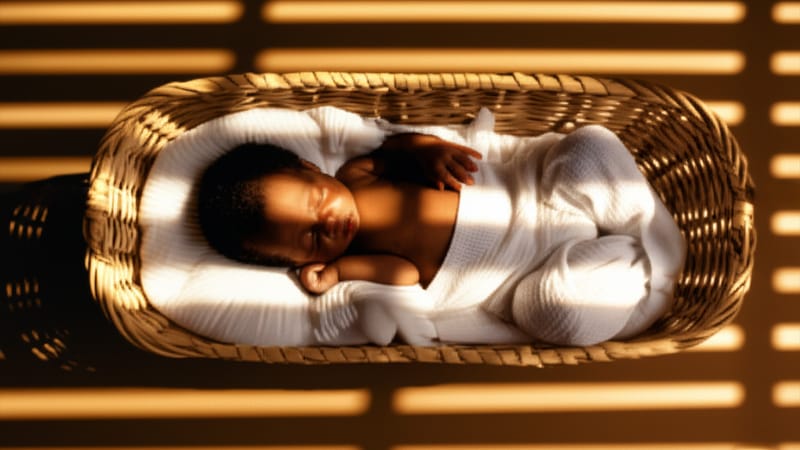Scientifically, when does life begin?
If we want to talk honestly about abortion, we need to understand what biology says about the origin of human development.
Today, the abortion debate relies heavily on the complex subjects of autonomy, ethics, rights and personal choice. But in order to debate meaningfully about any of these topics, something has to be clear — when does human life begin? How is humanity shown in the womb? This isn’t a religious or philosophical inquiry, but a scientific one. How can we protect human rights if we can’t define a human? If we want to talk honestly about abortion, we need to understand what biology says about the origin of human development.
Human development begins at fertilization. A sperm cell from the father and an egg cell from the mother unite in the fallopian tube, forming a zygote — a new, living, genetically individual and complete human being. This scientifically marks the beginning of human life. From this point, the zygote will begin to divide into multiple cells. These divisions produce what abortion advocates might call “a clump of cells”, a term used to dehumanize living, human fetuses. The fetus at this early stage can be referred to as a morula, made up of around 20 cells. These cells are totipotent — they are capable of differentiating into all the cell types of an organism, including the cells that form the placenta. Between four and six days following fertilization, the morula becomes a blastocyst by developing a cavity filled with fluid. The blastocyst has two parts, an inner cell mass which will become the embryo, and the trophoblast, which will ultimately develop into the placenta. Around day six, the blastocyst plants itself into the uterine wall, marking an important stage known as implantation. From this point forward, the organism is considered an embryo.

During this embryonic period, starting at the second week and lasting until the eighth week post-fertilization, several key milestones will be met. The heart will begin to beat around the 21st day, and the neural tube (which will later become the brain and spinal cord) begins to form. In week 4-5, the embryo has limb buds and blood begins circulating, and we also see early (and minimal) brain development. This brain activity will become detectable by week 6 through the first brainwaves. Hands and feet will become distinct and some facial features will begin to form. To conclude the embryonic stage, all essential internal organs have begun forming. The embryo begins to show small movements, though they are not yet felt by the mother and it is now recognizable on ultrasound as a “miniature” human.

The embryo is now called a fetus. From here, the focus shifts from forming essential organs to developing them. From week 9-12, the external genitalia develops and the sex can be determined. Fingernails and toenails begin to form and the kidney begins to function. The fetus can make facial expressions, though not voluntarily. From week 13-20, the second trimester begins. The mother can now feel movement and her fetus can hear sounds and respond to stimuli, as well as it develops its eyes and hair. It is largely agreed that pain receptors are present by the 20th week. However, the topic of fetal pain is uncertain in the scientific community. According to Bridget Thill, fetal pain is possible at least by week 12-15, perhaps even earlier. From weeks 21-25, the fetus develops a sleep-wake cycle, the natural pattern where you alternate being asleep and awake. Lung development advances but is still overall immature — this is why if a fetus is born prematurely within this time frame, it could survive with adapted care, but would most likely need breathing support due to its underdeveloped lungs. Finally, from week 26-37, the brain grows rapidly and the eyes can often and close. The lungs continue maturing and around week 40, the fetus will be ready for birth.
Science is clear: human life begins at fertilization. From that moment, a new being starts to exist, growing day by day. This isn’t a matter of opinion. The humanity in the womb is a scientific fact, taught in textbooks and affirmed by researchers over decades of medical advancement. Whatever your stance of abortion is, one thing is clear — the conversation can not progress without acknowledging this scientific reality.







